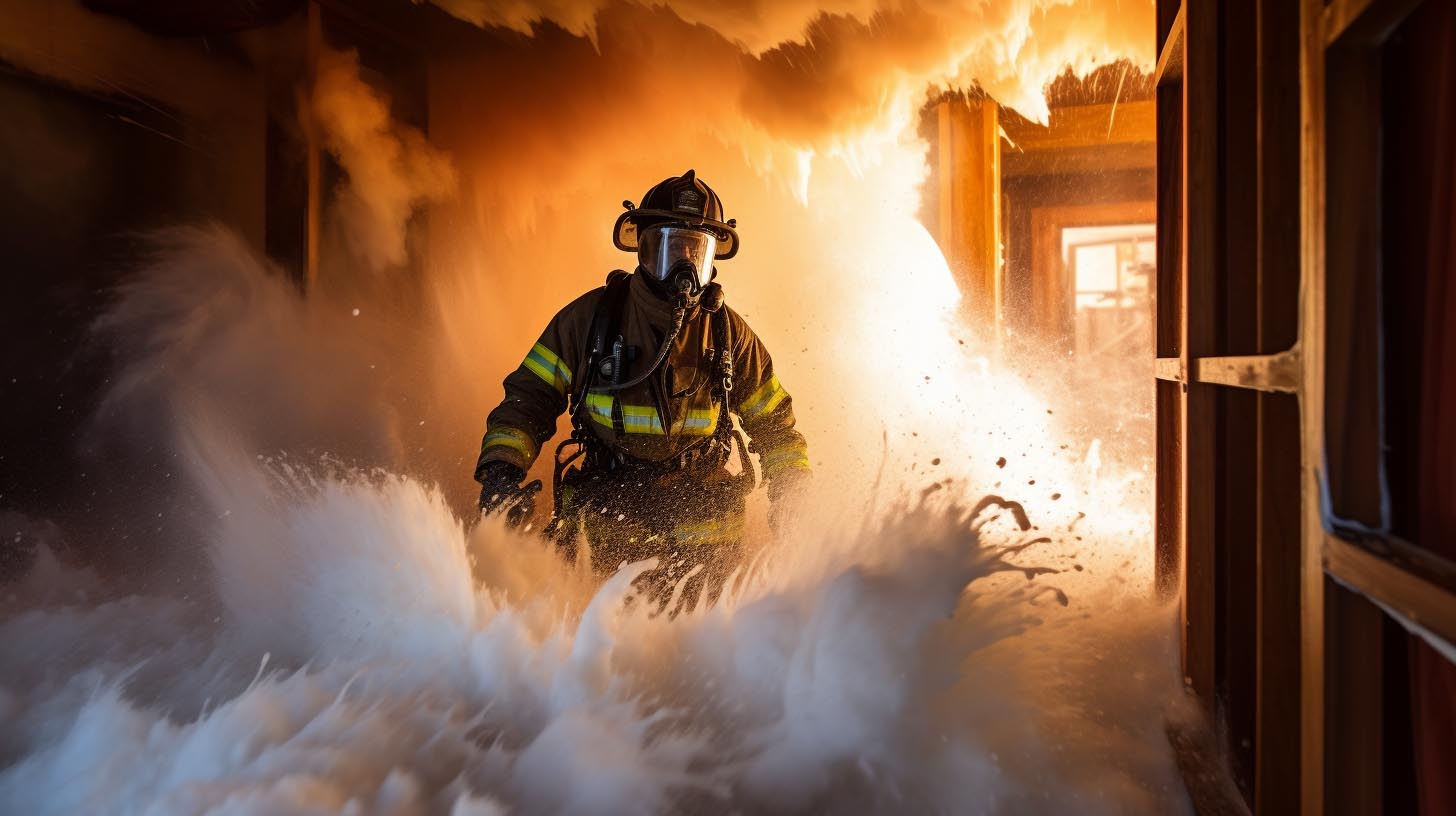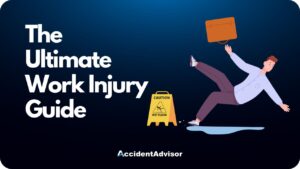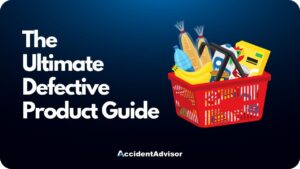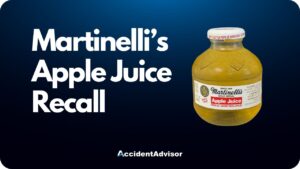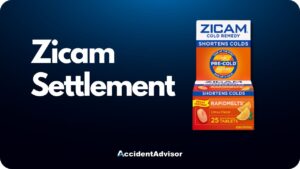The AFFF lawsuit is a fight for our heroes. As a firefighter, you expect your job to be risky. Running into burning buildings and facing walls of flames head-on? That’s just part of the gig. But there’s a hidden danger you may not know about – a cancer risk from the very foam used to put out fires. Let me break it down for you.
That foam, called AFFF (Aqueous Film Forming Foam), is supposed to be your friend. It smothers fuel fires fast, saving lives and property. AFFF forms an oxygen-excluding blanket over flammable liquids to quickly suppress the fire. It’s highly effective at knocking down fires from gasoline, oil, jet fuel, and other hazardous materials. Fire departments across the country have used AFFF for decades to combat intense blazes.
But AFFF has a dark side. It contains nasty chemicals called PFAS (per- and polyfluoroalkyl substances) – you may know them as “forever chemicals.” These bad boys stick around in your body and in the environment, and studies show they can lead to cancer. Not exactly what you want from life-saving foam! PFAS are extremely persistent, meaning they don’t break down in nature or in our bodies. Once exposed, you’re exposed for life.
The PFAS family has thousands of compounds, but the main offenders in AFFF are PFOS and PFOA. These chemicals can accumulate in groundwater, contaminate soil for decades, and have even been found in wildlife and human breast milk. Needless to say, having PFAS in firefighting foam sounds downright toxic.
Health Implications of Firefighting Foam
The type of cancers we’re talking about here aren’t small potatoes either. We’ve got bladder cancer, breast cancer, liver cancer…you name it. The evidence linking AFFF exposure to these cancers keeps piling up.
Multiple studies have found higher rates of certain cancers among firefighters and military personnel working with AFFF. For example, a 2018 study found male firefighters had a 32% higher risk of contracting bladder cancer compared to the general population.
Another study of over 220,000 military personnel discovered veterans exposed to AFFF had greater odds of developing liver and pancreatic cancer. The data is hard to ignore – occupational exposure to firefighting foam is associated with an array of deadly cancers.
As you can imagine, this has led to a boatload of lawsuits. Firefighters and other exposed individuals are taking legal action against the companies that make AFFF. They’re saying these manufacturers hid critical health risk info and put profits over people. Serious allegations! The companies insist they’ve done nothing wrong, but meanwhile settlements and verdicts have already started coming through.
Legal Aspects of AFFF Exposure
Firefighters and other exposed individuals are taking legal action against the companies that make AFFF. They’re saying these manufacturers hid critical health risk information and prioritized profits over human health. That’s a serious allegation!
The manufacturers dispute these claims, arguing they have acted responsibly and have no liability. But so far, various settlements and jury verdicts have come through awarding damages to plaintiffs in AFFF lawsuits.
One major legal argument is that AFFF makers concealed health hazard data about PFAS. Studies linking PFAS to cancer emerged as early as the 1970s/80s. Lawsuits claim manufacturers were aware of red flags around PFAS but never warned consumers. Failure to disclose safety issues is a classic basis for liability.
Plaintiffs also contend that the companies promoted AFFF as safe when they knew potential risks existed. Advertising a dangerous product as benign could make manufacturers vulnerable to negligence claims. If they downplayed risks and misled consumers, that could bolster accountability.
So what’s at stake in these cases? Money, and lots of it. Cancer treatments, long-term medical monitoring, lost wages, and pain/suffering damages add up fast. Class action settlements against AFFF companies have already exceeded $60 million in some cases. Individual claims resulting in million-dollar verdicts aren’t unheard of either.
How Do AFFF Lawsuits Work?
If you think you’ve got a case, here’s what the process typically looks like:
First, figure out if you’re eligible to sue. Do you have documentation of AFFF exposure and medical records showing a cancer diagnosis? Proof is power in the courtroom! Dates of AFFF contact, chemical datasheets, and physician statements can help prove exposure and harm. Photographs of storage or contamination sites also strengthen the link.
Once you’ve gathered your evidence, it’s time to file before the legal deadlines pass you by. Every state has statutes of limitations dictating how long you have to sue after an injury. Filing too late can tank your case, so don’t delay once you decide to proceed. An experienced attorney knows how to meet crucial deadlines.
Be prepared for settlement talks, but if no agreement is reached, it’s judges and juries to decide your fate. Having an AFFF lawyer in your corner increases your odds big time. Look for someone passionate who isn’t scared to go to trial if needed. Many firms also offer free case evaluations to give you a reality check.
Recent Developments
This issue isn’t going away anytime soon. New lawsuits are still emerging as we speak in 2023. But each verdict for victims brings more awareness and pressure for much-needed change. Some states have already enacted PFAS legislation, and federal action may not be far behind.
Stay vigilant out there, firefighters. Your job is already filled with enough unavoidable risks – cancer from faulty foam shouldn’t be one of them. Knowledge is power, so spread the word about AFFF’s health hazards. And if you’ve been impacted, know that you have legal options. Don’t go it alone in the fight for your health.
Seeking Legal Assistance
Watching each others’ backs is what you do best. Now it’s time to stand up and have someone watch yours in the legal fight ahead. When choosing an attorney, you want someone experienced specifically in AFFF litigation with a proven track record of results. Look for a lawyer willing to go the extra mile, answer your questions, and treat you like family, not just a case number.
Our legal team has decades of combined expertise in toxic exposure cases like these. We offer free, no-obligation case evaluations to firefighters and others impacted by AFFF. Please reach out to find out if you may have a case. Our attorneys are here not just to win in court, but to help you win back your health and peace of mind. Stay safe out there!
Conclusion
The tragic tale of AFFF reveals an unseen adversary threatening the health of our protectors. As firefighters selflessly battle external flames, the internal fire of cancer quietly burns. The very tool meant to provide safety ironically breeds disease.
But all is not lost. With growing awareness and accountability, change inches forward. Lawsuits spotlight injustice, propelling reform. And by arming themselves with knowledge, firefighters can proactively protect against dangers seen and unseen. For in darkness comes illumination, and with illumination comes hope. United, we can conquer both flames and fear, clearing the way for safer days ahead.

Rocky Horton
Author
Rocky Horton is a health and safety expert from Chapel Hill, NC. He is the founder of AccidentAdvisor and has been featured in Forbes, Bloomberg, and other publications. Learn more.

